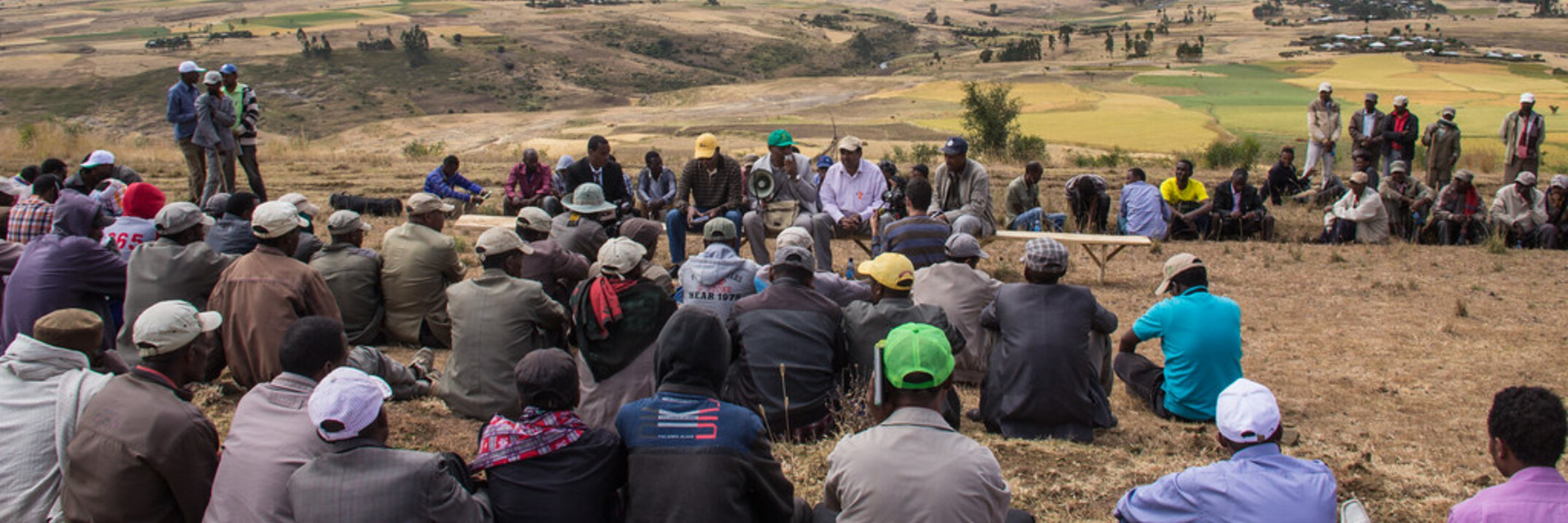Food legumes are crucial for all agriculture-related societal challenges, including climate change mitigation,agrobiodiversity conservation, sustainable agriculture, food security and human health. The transition toplant-based diets, largely based on...


